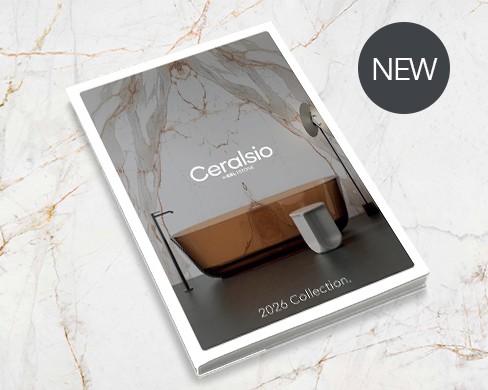Tom Reynolds, chief executive at the Bathroom Manufacturers Association, outlines the water efficiency labelling regulations expected to come into force by 2025.
As I write, the devasting consequences of Storm Babet are coming to light with the Environment Secretary, Therese Coffey, saying the damage was harder to predict because of “rain coming from the other way, and we don’t have quite as much experience on that”. It feels like a weak excuse and highlights our inadequate infrastructure. But it also highlights a UK-wide conundrum: it rains a lot, yet we have a severe water scarcity challenge to address.
Defra’s statistics say we will need an additional 4,000 million litres of water a day by 2050, almost a third (28.5%) of current public water supplied in England, with over half of it coming from reduced demand. Their target is to reduce public water supply use by 20% for each person by 2038 through measures including “to make regulations to introduce a mandatory water efficiency label to inform consumers and encourage the purchase of more water-efficient products for both domestic and business use”.
At the end of September, Defra published the long-awaited response to its consultation on mandatory water efficiency labelling (MWEL), in which the BMA had provided expert input. The headlines include a projected launch of MWEL regulations next year with implementation by 2025, covering toilets, urinals, taps, showers (including electric models), dishwashers, washing machines, and washer-dryers. Notably, manufacturers must adhere to any new technical criteria and testing.
While we welcome and champion attempts for water efficiency to address our water scarcity challenges, if Defra continues its current intentions for the MWEL, it will have missed an enormous opportunity and potentially cost the taxpayer around £20m unnecessarily.
The UK already has the Unified Water Label (UWL), a voluntary initiative that provides detailed water and energy information for water-related products. IKEA and BMA’s branded manufacturers have adopted the UWL to highlight their products’ water usage. With water-use ratings and an accessible online database, this label enables informed choices for customers, architects, specifiers, and end users. It maintains reliability through strict technical criteria and annual audits.
The BMA will continue proactive dialogue with Defra to reach a sensible conclusion which could see the utilisation of the UWL. In the meantime, I would urge architects and designers to remain aware of their opportunity to play a vital role in reducing our water use by specifying water-efficient products, many of which are available through the UWL scheme. Regulation is coming, so awareness and practice for water efficiency should be addressed quickly.





